Many Americans Confuse Automatic Parking with Autopilot: The Difference Between APA and AVP
Automatic parking allows a vehicle to park itself without manual control, making it a true convenience for drivers.
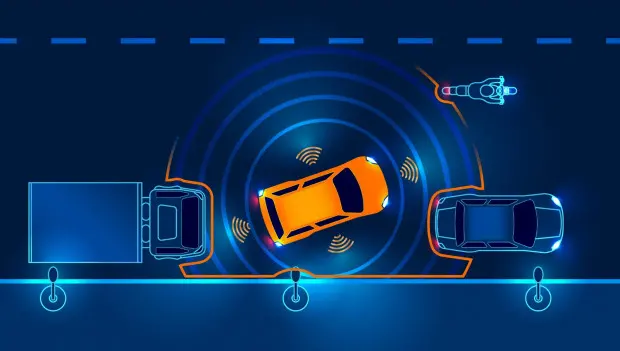
Automatic parking enables a vehicle to park itself without manual intervention, providing a major convenience for drivers. Despite this technology, why do many drivers hesitate to use it? The main reasons include:
Accuracy in detecting parking spaces
While automatic parking frees the driver’s hands, it has a notable limitation — the accuracy of parking space detection. The system primarily relies on radar sensors to measure distances to obstacles. If obstacles are suspended in the air or are very low to the ground, the radar may fail to detect them, potentially leading to scrapes or collisions.
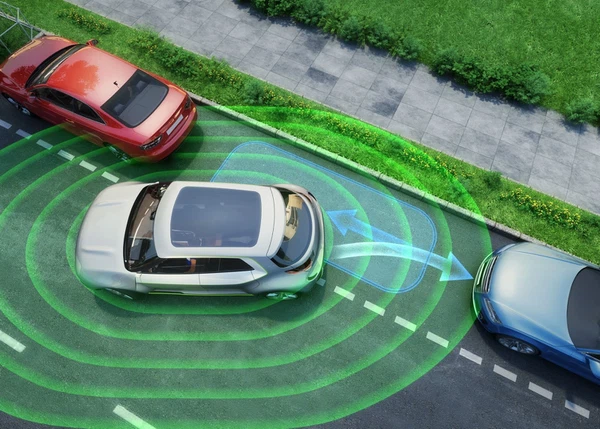
Speed control accuracy
Automatic parking systems also lack precise speed control. Even if radar sensors detect obstacles correctly and react in advance, the inability to finely regulate vehicle speed in real-world conditions can result in collisions with obstacles due to momentum.
Complexity of activation
Activating automatic parking can be tricky. The car must be in drive mode (D), and the driver often needs to monitor the central display to assist in recognizing parking spaces for the system to function properly.
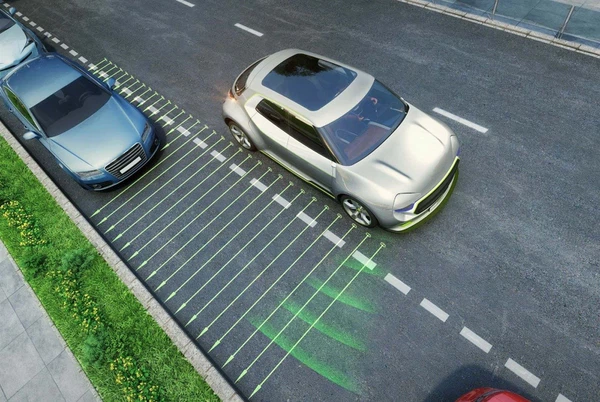
Differences Between APA and AVP
Intelligence level:
-
APA (Automated Parking Assist) is a first-generation automatic parking technology that still requires the driver’s assistance inside the vehicle to complete the parking process.
-
AVP (Automated Valet Parking) is a fourth-generation technology that allows the driver to remotely control the vehicle from up to 500 meters away. AVP can autonomously search for parking spaces, park itself, and, if needed, exit a parking spot and drive to a location specified by the owner.
Autonomy level:
-
APA is classified as a Level 2 autonomous driving system, while AVP is Level 4.
Sensor setup:
-
Compared to APA, AVP uses four fisheye cameras to provide a 360-degree panoramic view. Additionally, AVP can leverage built-in Bluetooth for remote operation.
You may also be interested in the news:
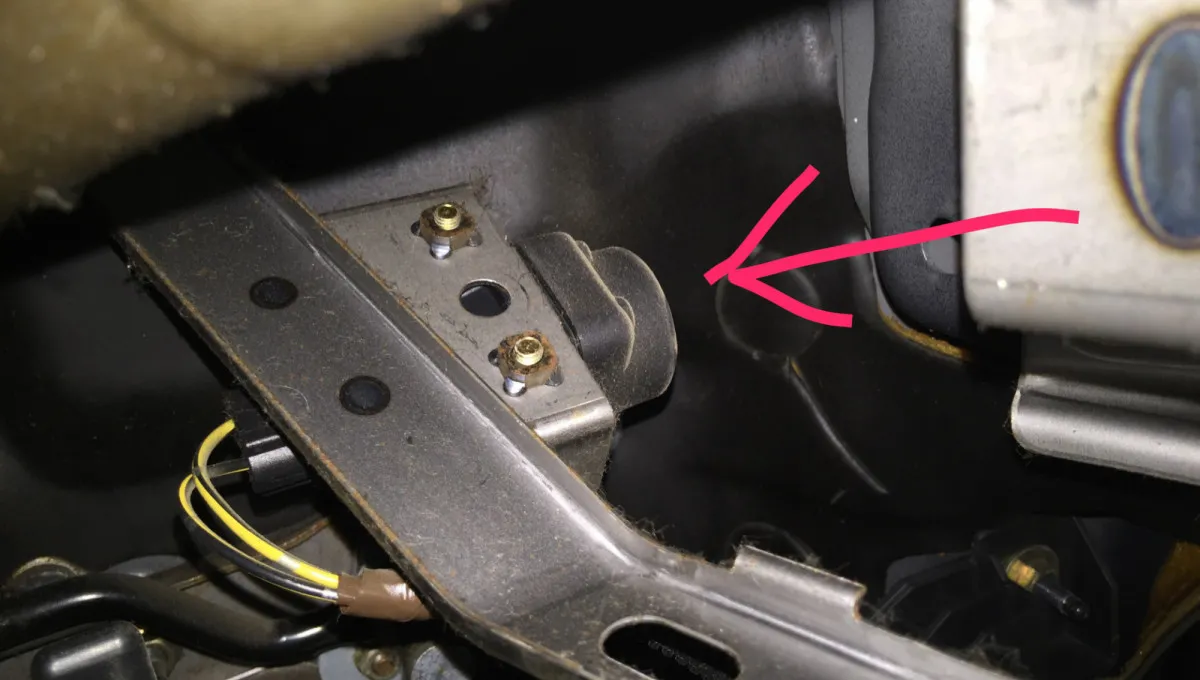
Mystery Button Hidden Under Most Car Dashboards — And Why So Many Drivers Don’t Know It Exists
Modern cars are packed with features and buttons whose purpose can be surprisingly hard to guess.
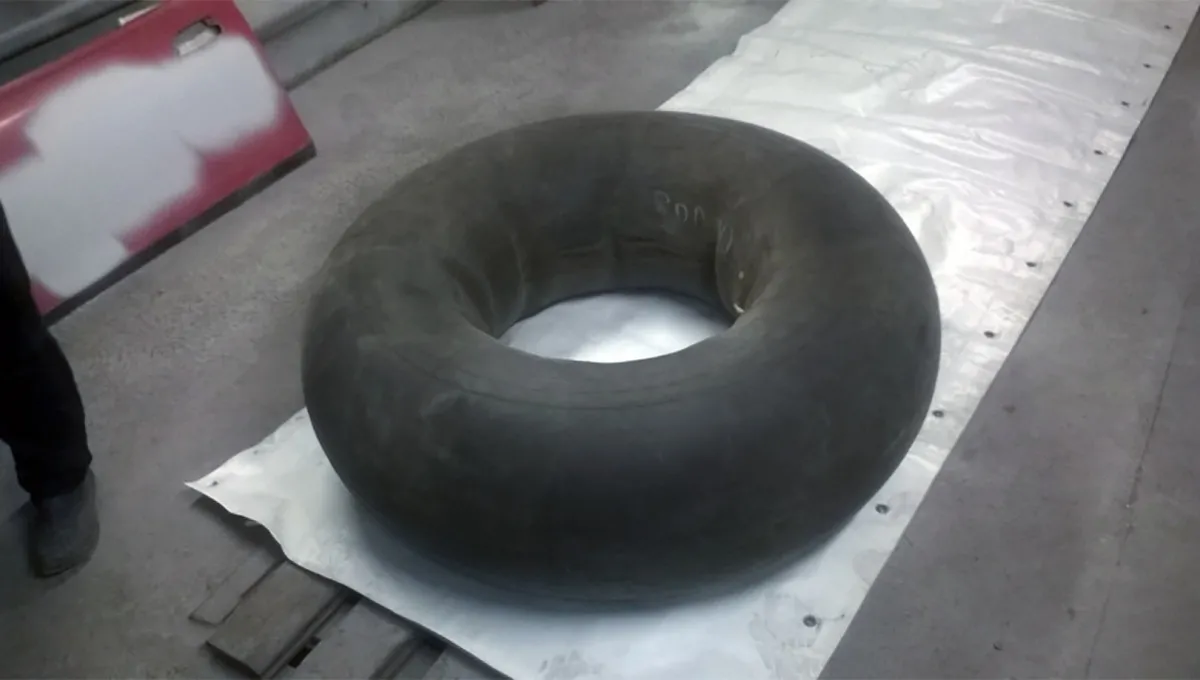
Why Automakers Ditched Inner Tubes for Tubeless Tires: Surprising History and Details
How tubeless tires reshaped road safety and comfort — unexpected facts revealed.

Shine and Glamour of Retro: Al Capone’s Legendary Cadillac
From the very beginning, Cadillac cars have been seen as a symbol of luxury.
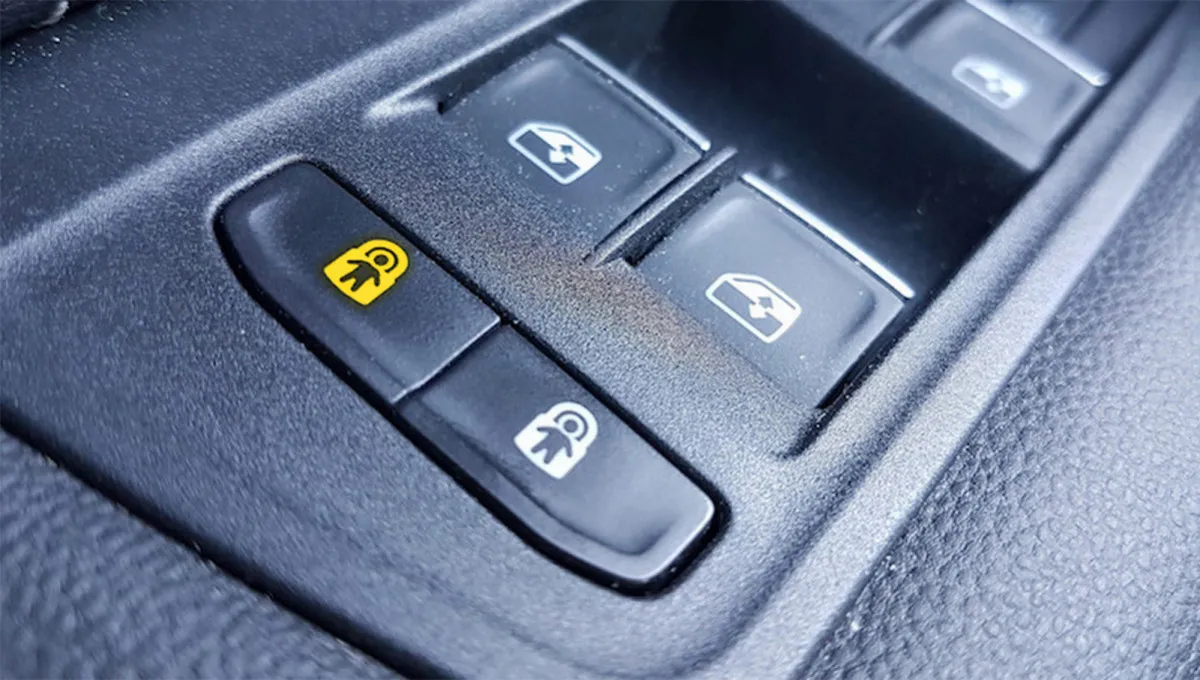
Astronaut Button: What This Mysterious Car Feature Actually Does
Some functions in a modern car make sense only after digging into the owner’s manual — and this little button is a perfect example.
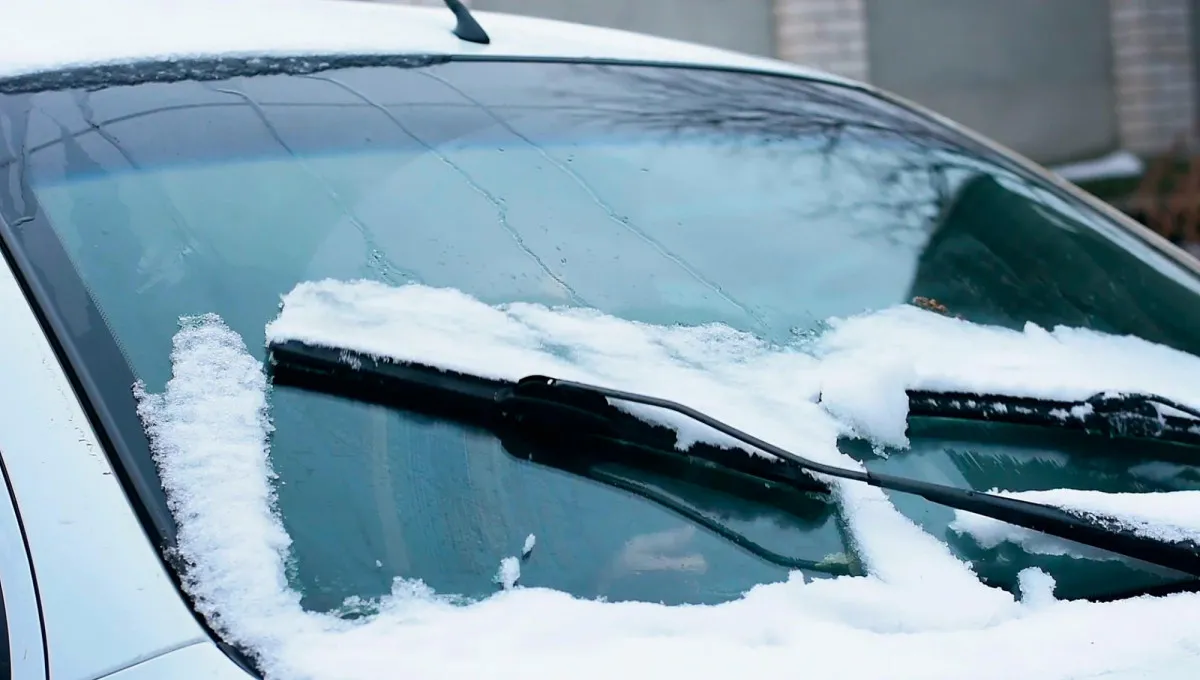
How to Activate Your Wipers’ “Winter Mode” — and Why It Exists
Many drivers can’t help wondering: is this a bug or a feature?